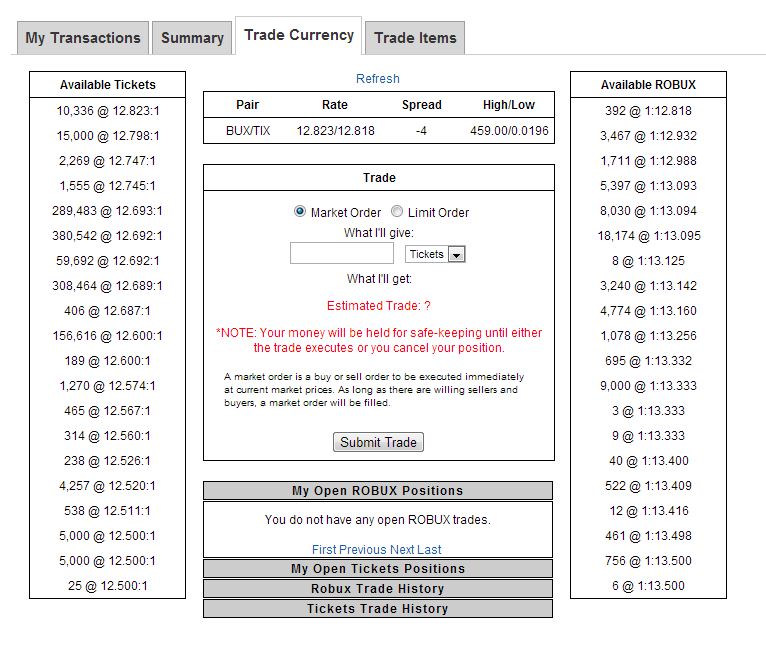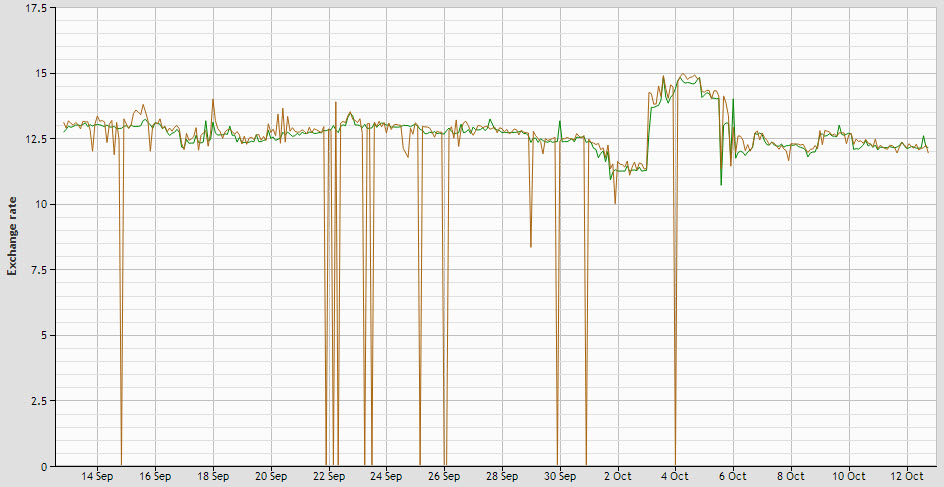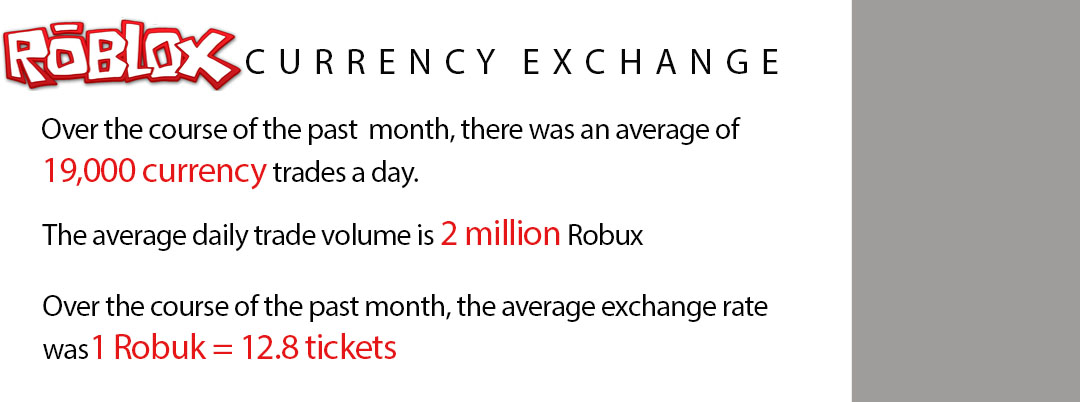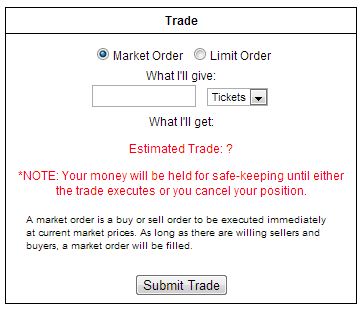Blog Archive
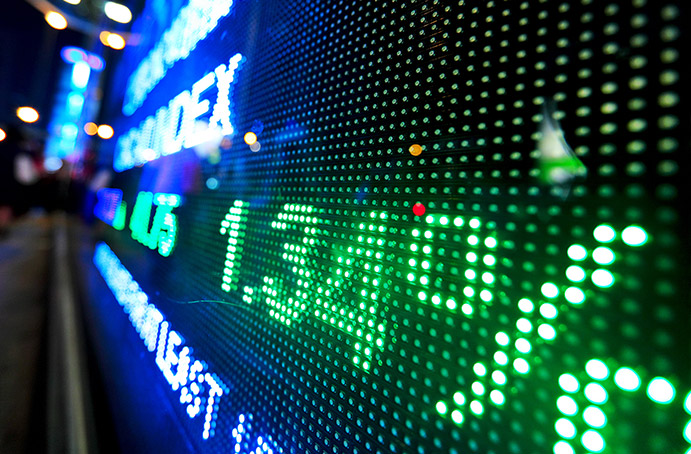 The fundamentals of our currency exchange system are modeled after real-world trade systems–much like in real life, the earlier you act on information, the better off you’ll be. But we understand that joining the ever-shifting currency can be daunting–it’s a power-user feature with a pretty steep learning curve–but the rewards can be huge. In this article, we’re going to take an in-depth look at our currency exchange system, teach you how it works, and offer up some tips on how to leverage it. Let’s dive in.
The fundamentals of our currency exchange system are modeled after real-world trade systems–much like in real life, the earlier you act on information, the better off you’ll be. But we understand that joining the ever-shifting currency can be daunting–it’s a power-user feature with a pretty steep learning curve–but the rewards can be huge. In this article, we’re going to take an in-depth look at our currency exchange system, teach you how it works, and offer up some tips on how to leverage it. Let’s dive in.
The Basics
Let’s point out the key parts of this page.
Trade Currency Tab: This tab is where you will find the currency trading system. We’d like to take this instance to remind you of something: if you spend more than a minute on this page, you are probably looking at stale information. Keep in mind, trades are happening every single minute of every day–for proof, refresh the page. Now refresh it again. And again. The numbers are in a constant state of flux, and we encourage you to refresh this webpage before you decide to make a trade, to see if anything has changed.
In the center of the page is the spread number. This is arguably the most important part of the page, and we’re going to explain to you what it means. The spread is the difference between the best offer for tickets, and the best offer for Robux–it’s almost never zero, and can sometimes be a negative number. (If you ever see it negative, take our advice and start trading).
To explain how this number is generated, let’s try to simplify. Say you have ten tickets. Someone is willing to exchange one Robuk for two tickets (making it a 1:2 ratio). So you trade your ten tickets for five Robux. Now imagine that someone was willing to give you four tickets for one Robuk (4:1). Then you use your newly earned five Robux and trade it with Mr. 4:1. Now you’ve got twenty tickets. Then you can go back to Mr. 2:1 and trade again. Just like that, you’re trading, and generating profit.
Keep in mind, this example was designed to teach you the fundamentals, so don’t expect such an ideal scenario when you begin trading. The spread in the example above was -2,000, in reality, it usually hovers between 30 and 100. In other words, the spread is the profit the seller will reap when you purchase currency from them. The number itself is one one thousandth of the actual number (i.e. 57 = .057). So when the spread number is 57, the seller is making roughly 5.7 percent profit. There is no such thing as a fractional ticket or Robuk either, so we round trades to the closest integer amounts. This rounding always favors the player who is selling Robux–the player offering Robux will typically get a slightly better deal due to the rounding.
We’ve monitored the exchange rates and watched how they fluctuated in relation to the release of desirable items that are up for sale. Sure enough, when rare or limited items are released, they directly raise the exchange rate, sometimes substantially. So if you’re going to participate in the exchange, we recommend keeping tabs on new items and bidding early when they release.
That very notion is one of the most interesting facets of our exchange rate. You can directly influence it through a number of ways. This isn’t to say that dumping a ton of currency into the exchange at one time is a good thing–to the contrary. In fact, if you’re trying to move a lot of money, we recommend spreading it out over time, as a huge sum of cash will drive up the cost of currency. Put a couple grand in, then sit on it. Let the rates fluctuate. Put a little in the next day. Patience is key.
Market Orders and Limit Orders: Similar But Fundamentally Different
There are two types of trades you can make in our currency exchange system; market orders and limit orders. What are the differences?
A market order guarantees execution of the trade you want to make, the second you make your submission. When you make a market order and hit the “submit trade” button, your order is going straight to the top of the Robux book, and will automatically begin trading until you run out of tickets or Robux. It’s a guaranteed trade that will happen, though no one can guarantee what you’ll get in return (though most of the time it’s close to the going rate). We do make an estimate for you, but because our currency exchange system is rapidly changing, sometimes dramatically, throughout the day, that’s all it is: an estimate. If you’re going to make a market order, we recommend doing so with medium batches (say, 10,000 tickets). Huge amounts of tickets will have a market impact, which will drive up the cost of what you’re planning on buying. This makes it hard to estimate the exact rates you’re going to get. A market order should be a last resort, but it’s handy if you’re in a hurry.
A limit order is a much more controlled, deliberate trading system that rewards patience. With a limit order, you set the parameters of the trade you want to make. Say you had 10,000 tickets, and you wanted 10,000 Robux. Completely unreasonable right? But you can submit that, using a limit order, and you won’t be stopped. Thing is, nobody will do business with you. But that’s the point we’re trying to make: You make your own rates.
If your rates are reasonable, people will be more inclined to trade with you. We’re very transparent about it too–you can keep track of every single trade being made at every exchange rate, and keep tabs on it throughout the day. Creative Director John Shedletsky has been active in the currency exchange group for years, and he currently has 48,000 pages of completed Robux/ticket trades.
Looking Ahead
Those are the basic rules of our trade system–now that we’ve got that out of the way, we’re planning on doing more specific how-to articles that will teach users how to leverage the market for monetary gain. There are so many different paths we can explore, so we thought we’d ask you: in regard to our currency exchange rate, what would you like to learn in the future?
